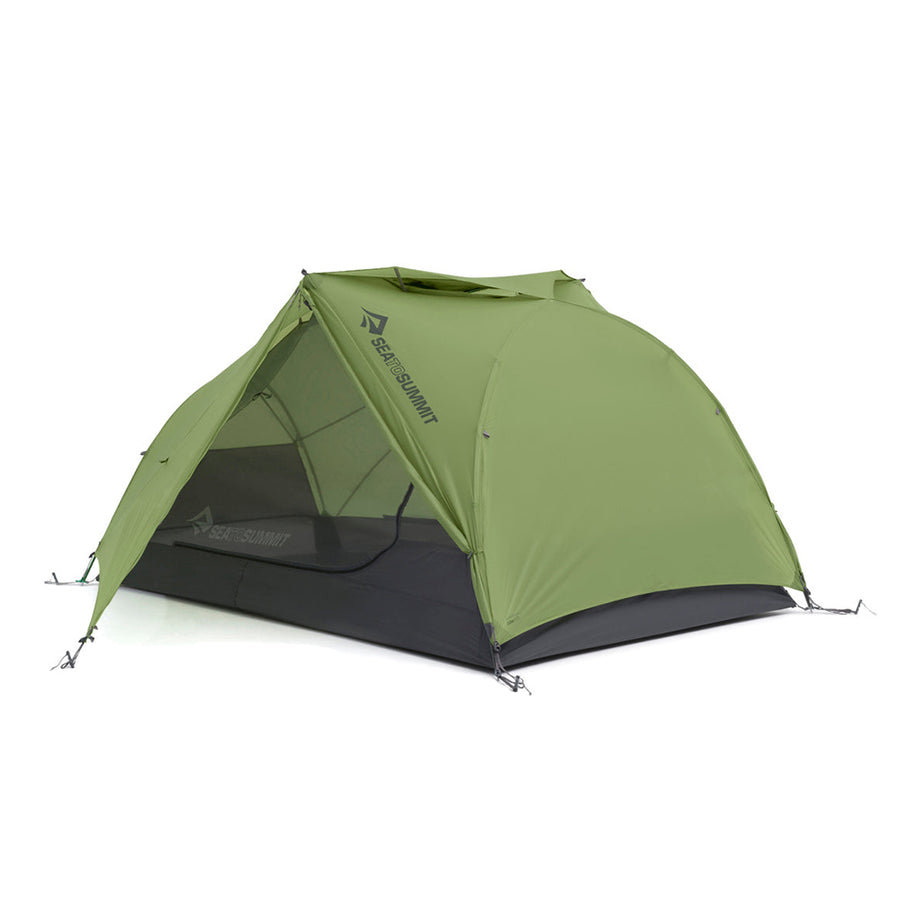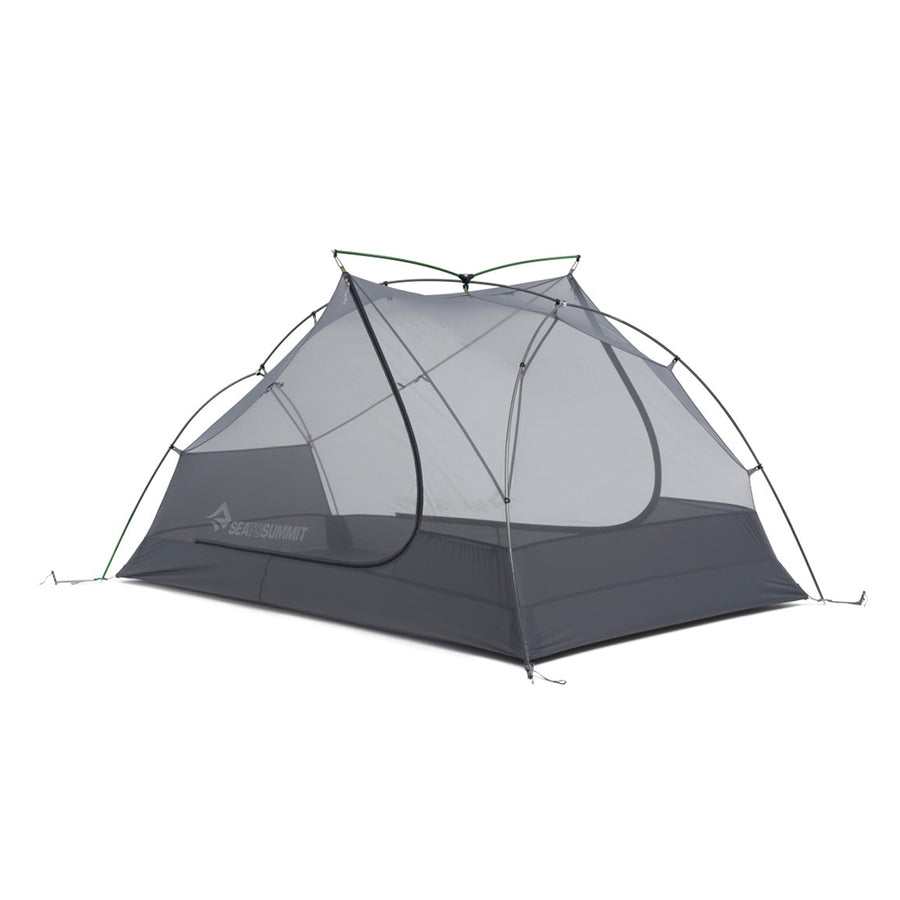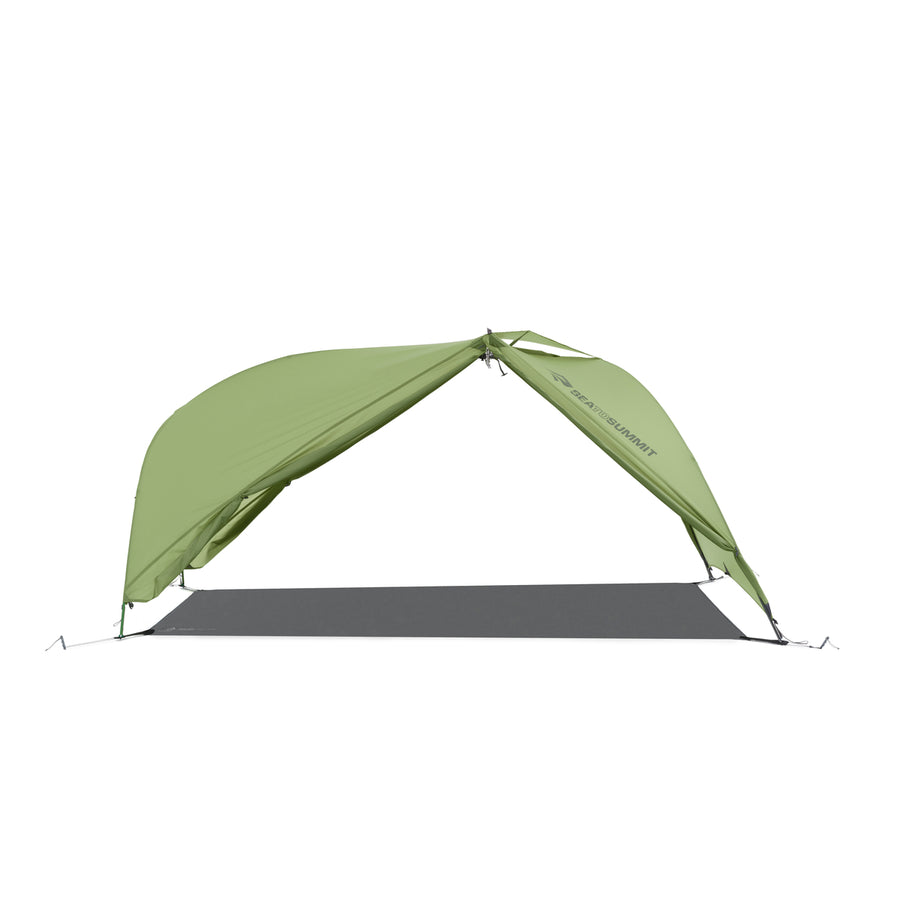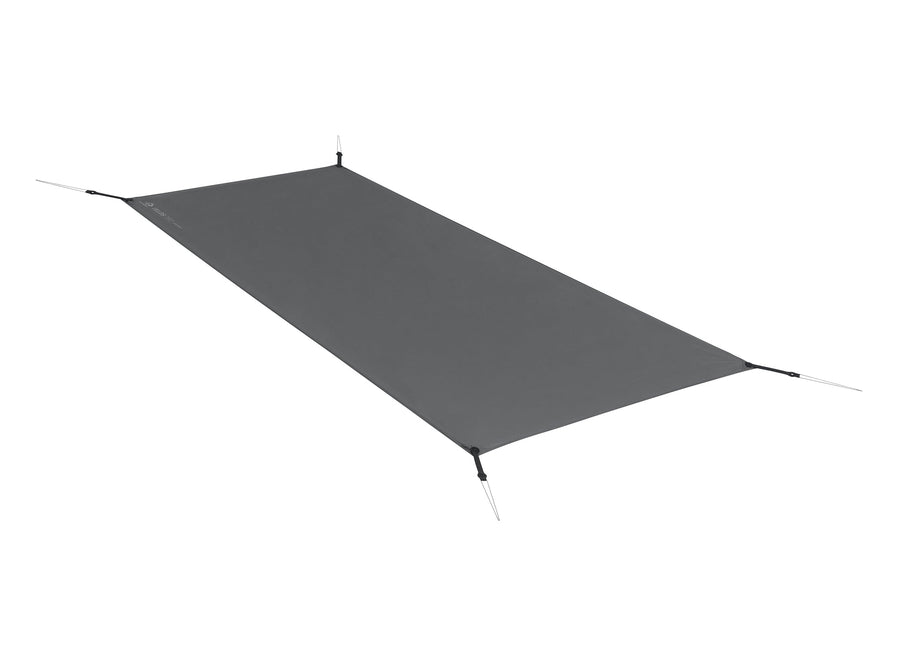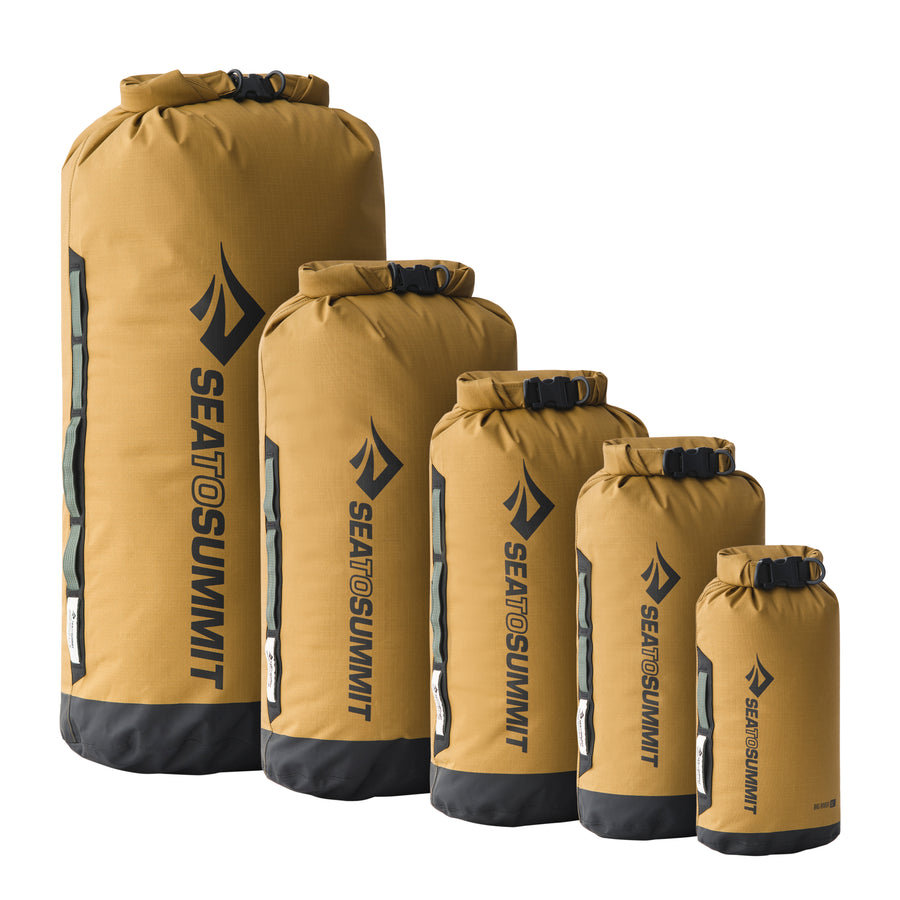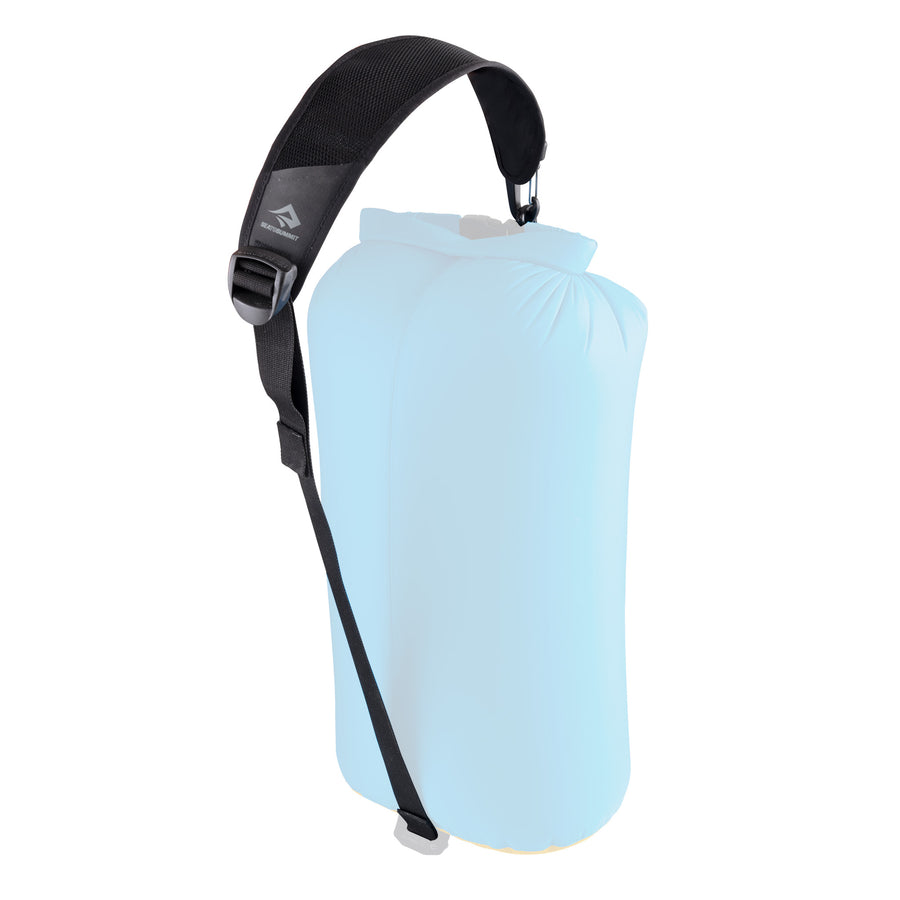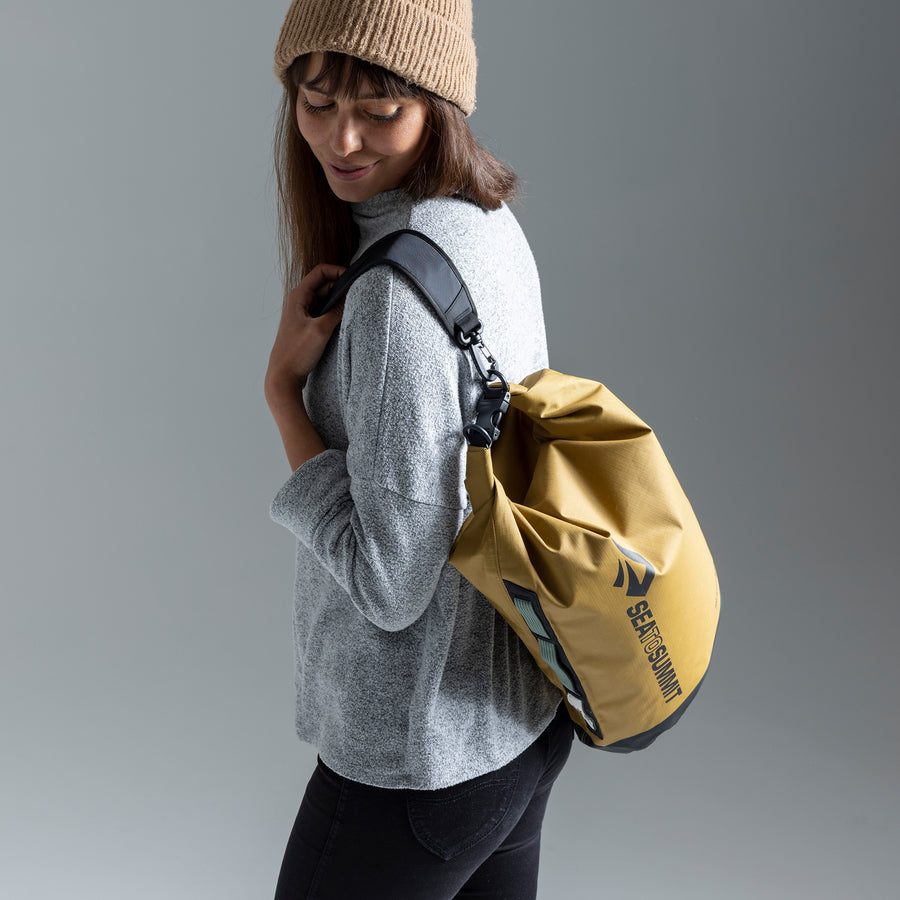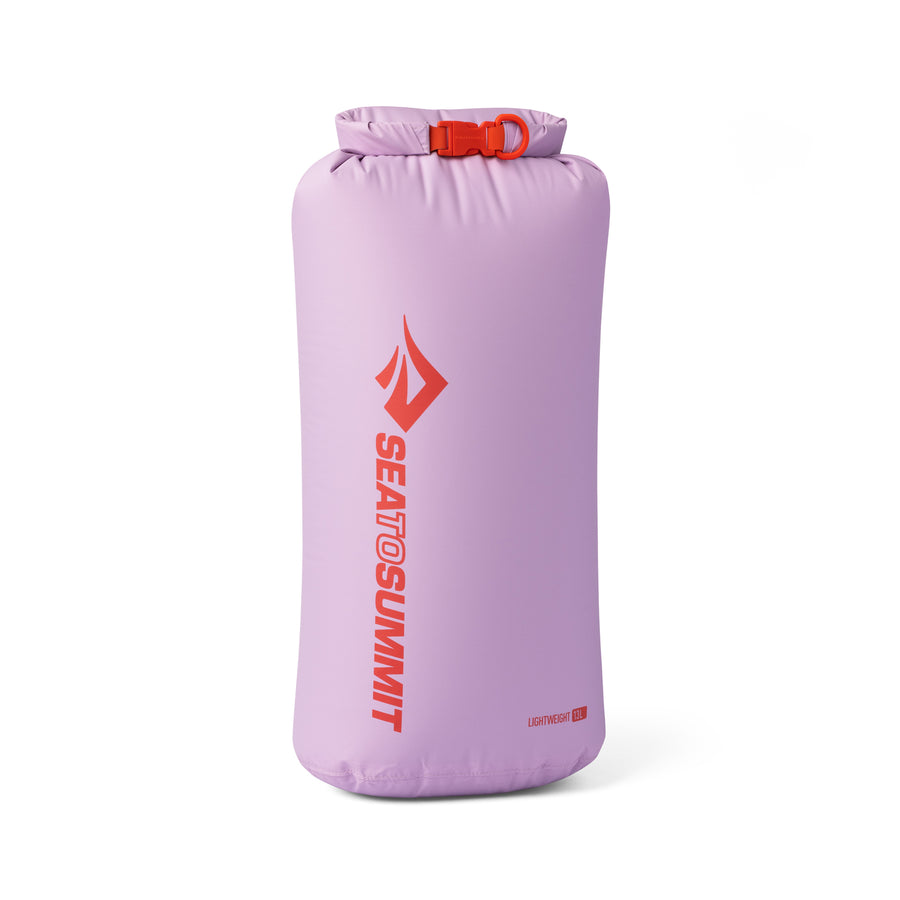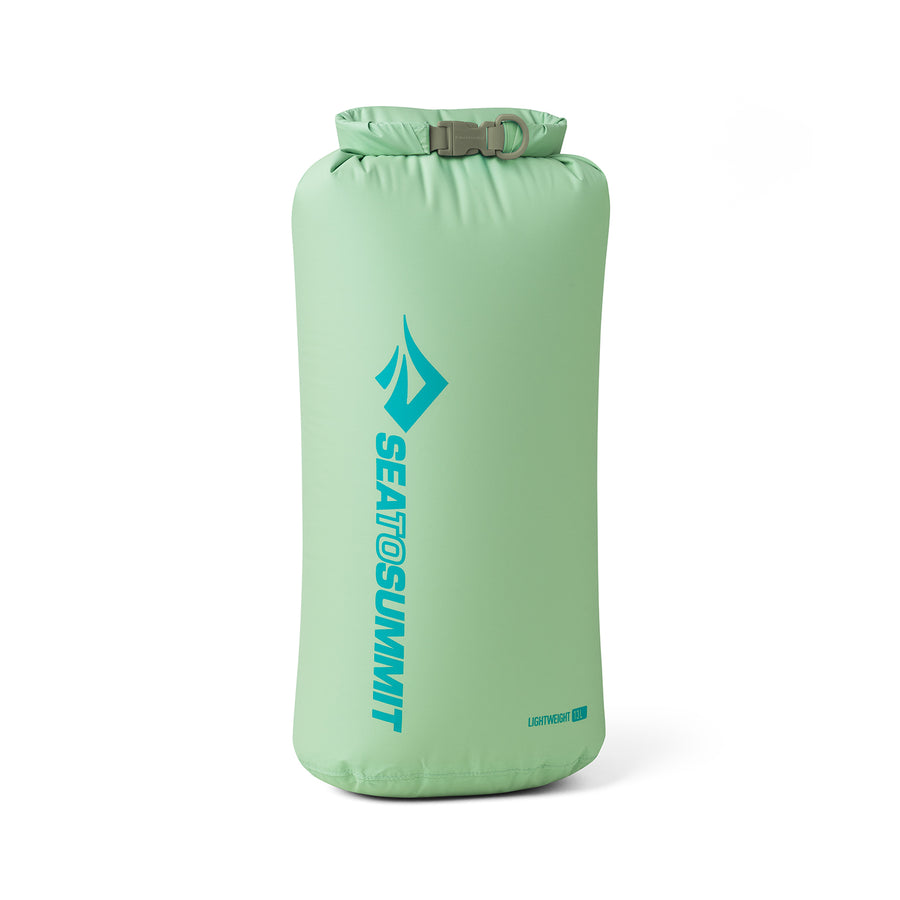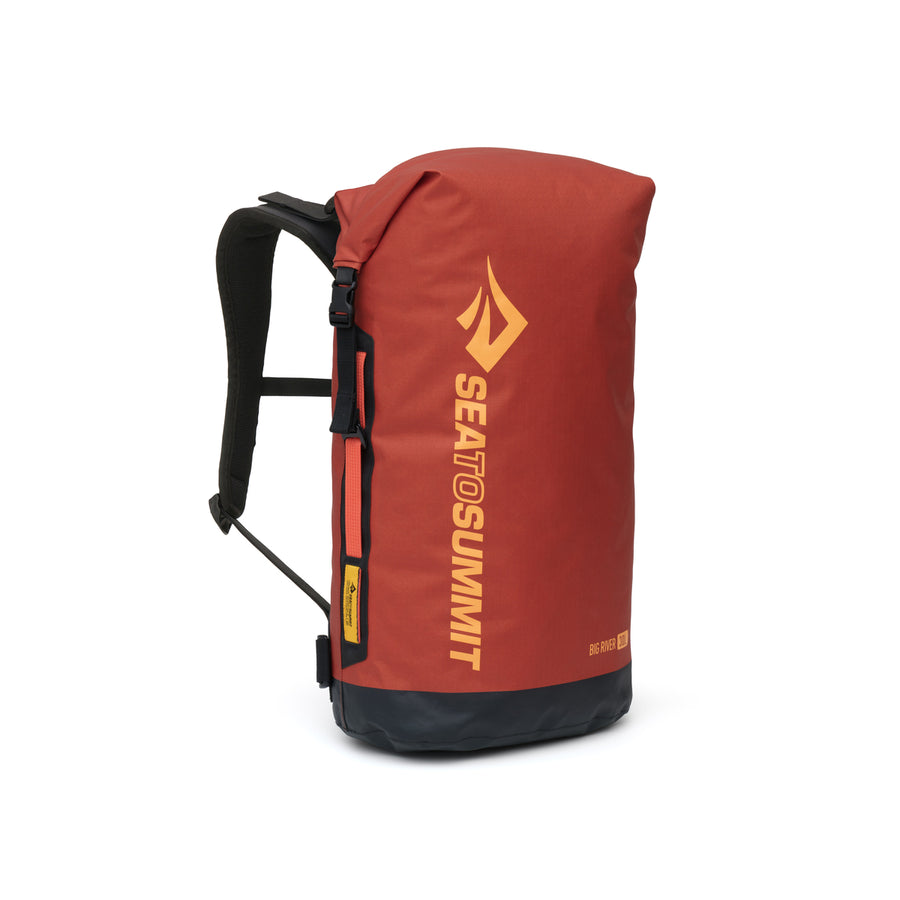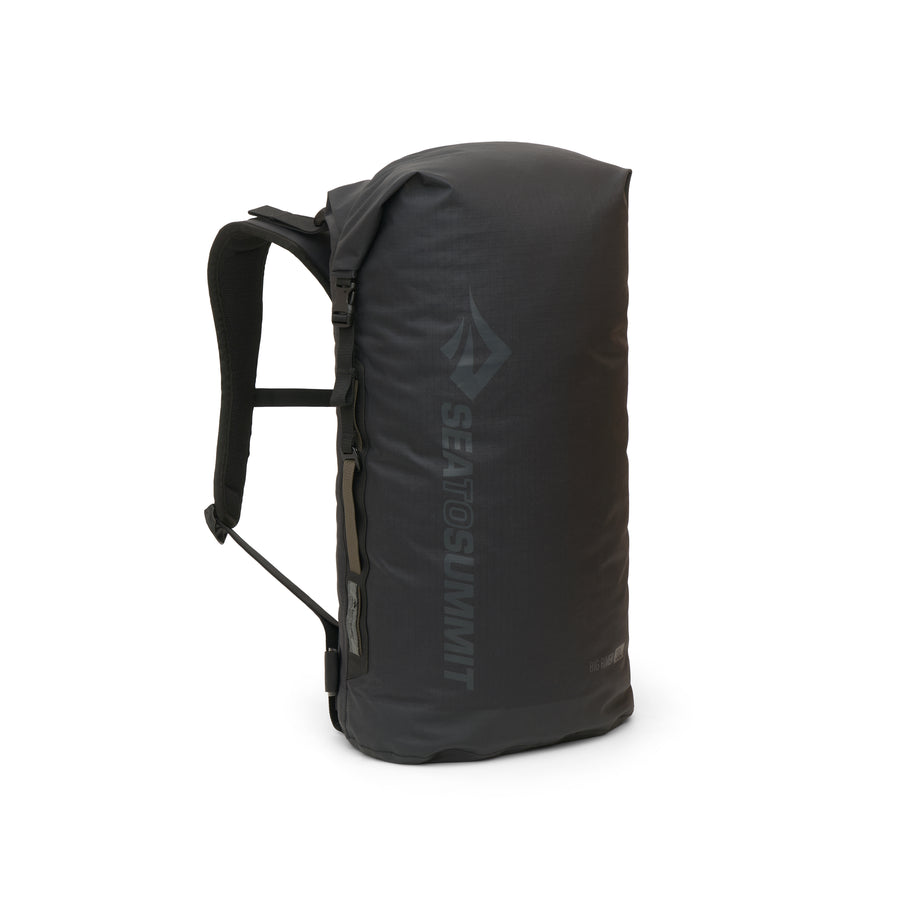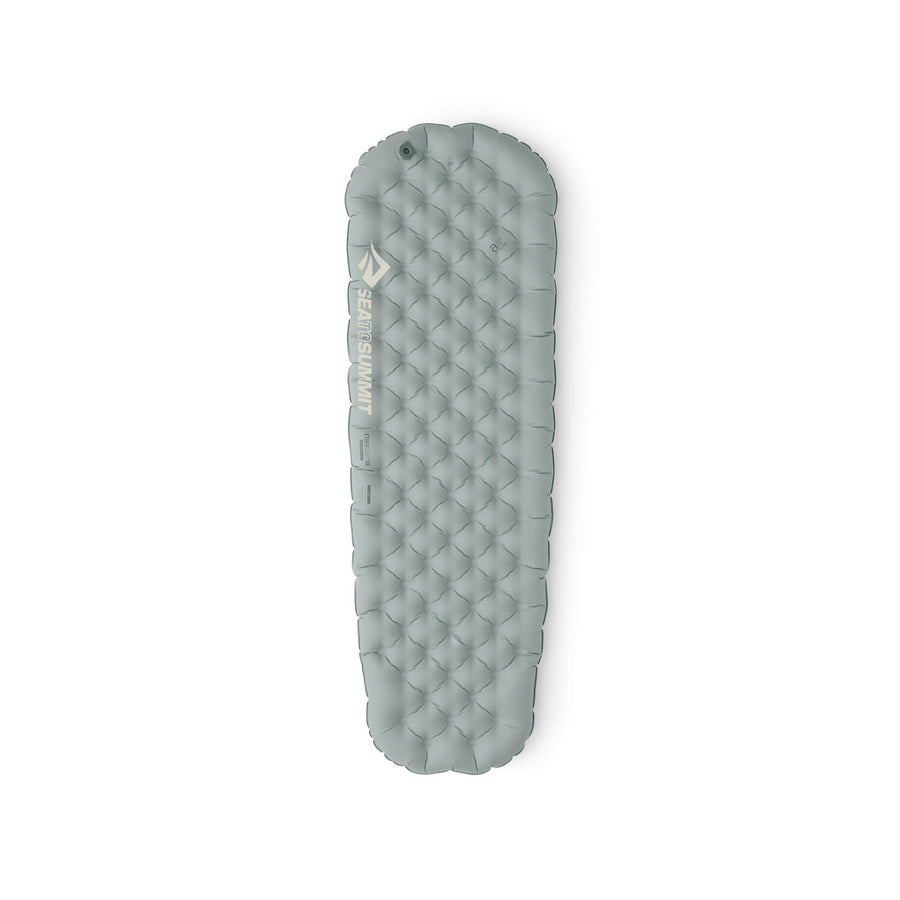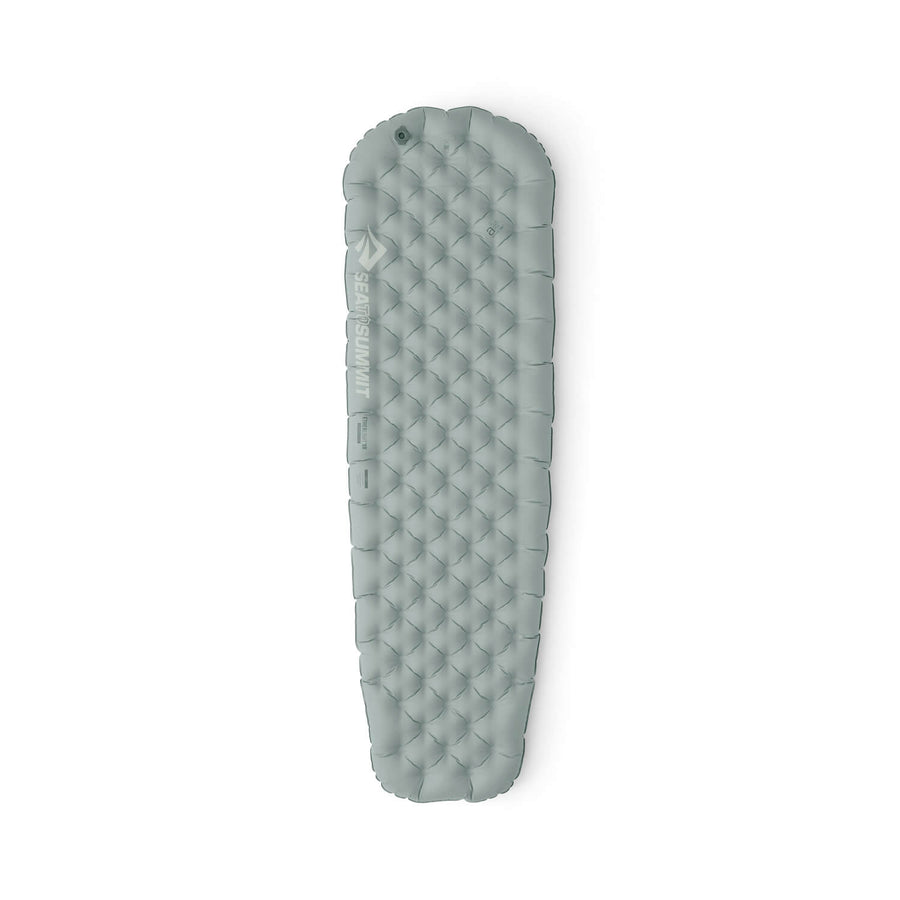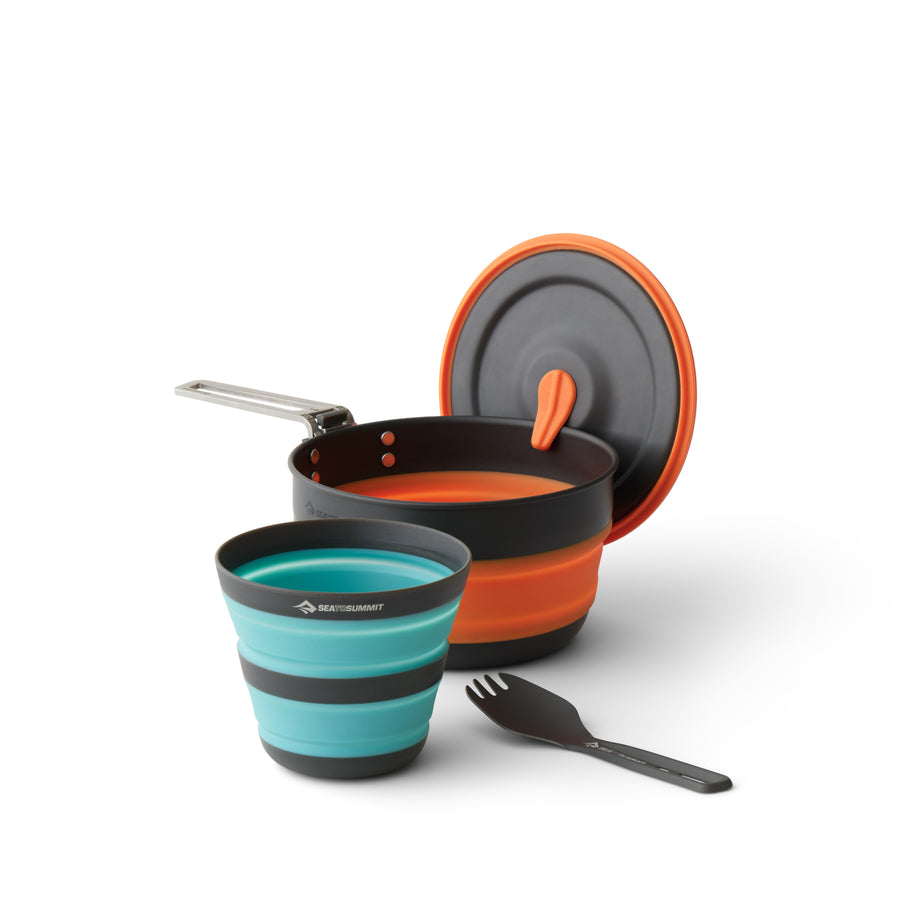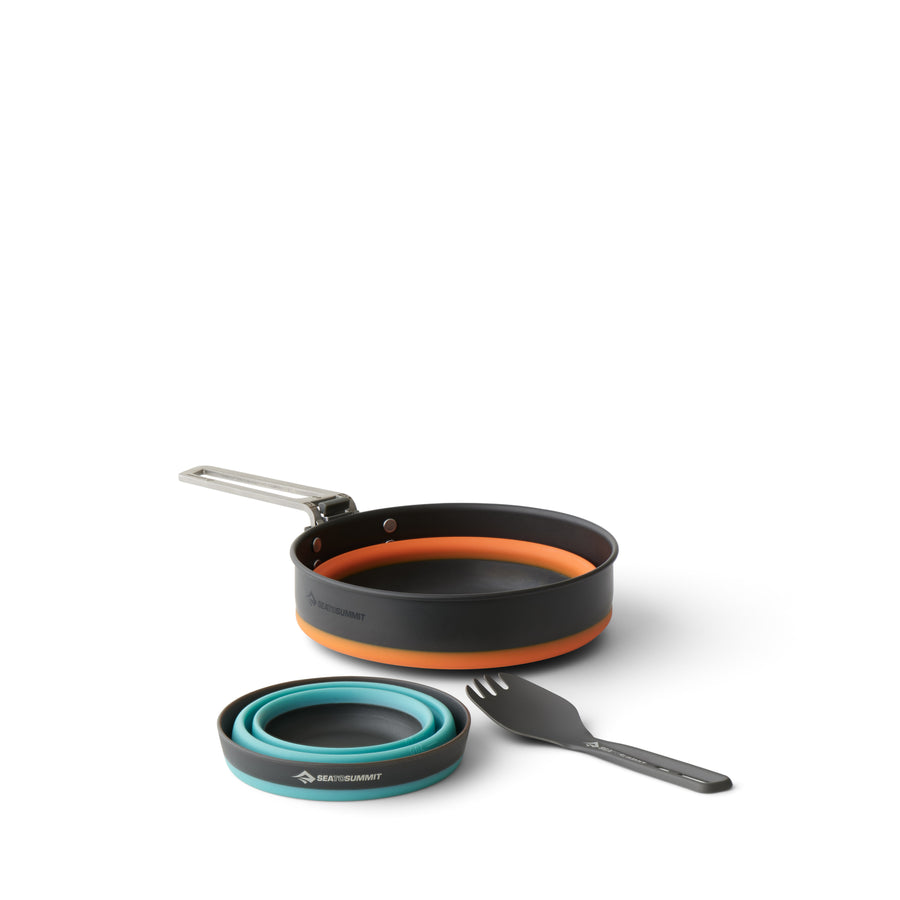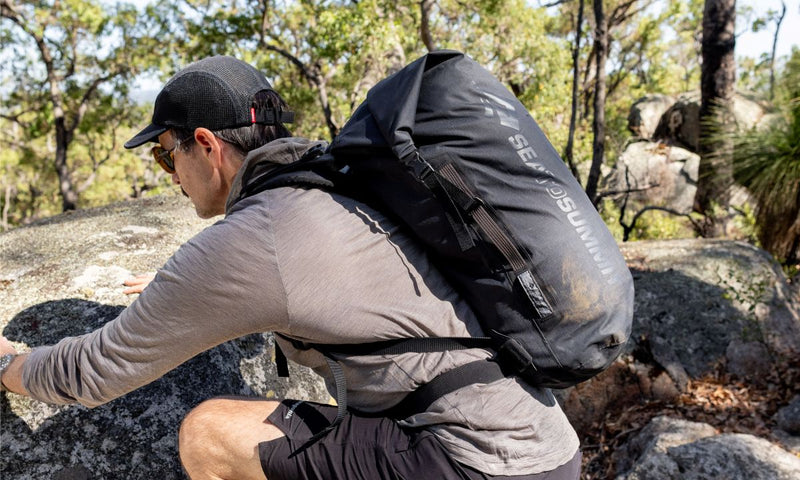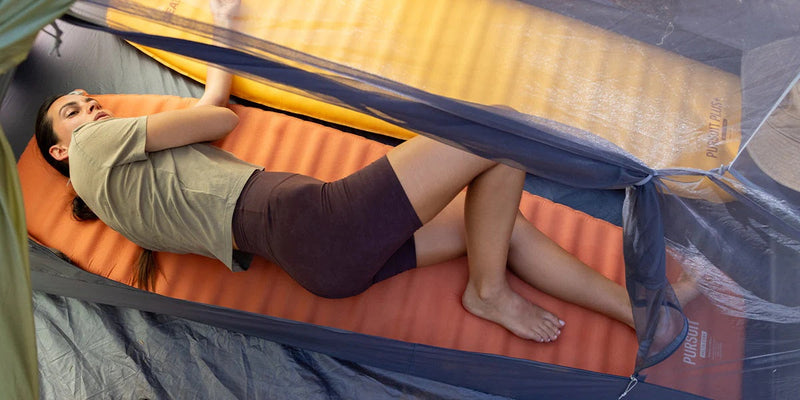The Physics of Insulation and Comfort in Air-Filled Sleeping Mats

What you don’t know may not kill you; but it could lead to you being cold and uncomfortable.
Air-filled sleeping mats have become very popular in the last few years; they are lighter and have a more compact packed volume than foam-filled self-inflating mats. (If you’d like to read a little on the evolution of mats, you can do so HERE.
But – do they work? And if they do work, how do they work?
There are several factors which will affect your choice of sleeping mat: ease of use, packed volume and weight, reliability and expected lifespan and most particularly comfort and insulation. This post concentrates on what makes mats work – you can read about which mat is right for you here.
Insulation
“A lab-measured R-Value is the only way to determine the resistance to heat-loss through a sleeping pad”When you lay on an air-filled mat, you warm the surface of the mat immediately underneath your body.
Even in summer, the ground is colder than your body, and of course, in spring and fall or even winter, it may be much colder. As a result, the warmth flows from your body into the ground in one of two ways:
- A circular air current is created by the warm air from the top side of the mat swapping places with the cold side of the mat; this is called convection.
- Warmth simply flows from the top side of the mat to the colder bottom side through a process called radiation.
Reducing internal air movement reduces convection. A mat with small chambers allows less air movement than one with larger chambers, less still if the chambers do not allow air to pass from the top of the mat to the bottom. An insulating medium such as Primaloft® or Thermolite® slows air movement within the mat.
Radiation can be prevented by using a reflective barrier. Unfortunately, some of these barriers are noisy. Exkin® Platinum, used in Sea to Summit mats, is a non-woven material (not a film) and is virtually silent.

Loss of warmth in a mat is compounded massively by air being ‘pumped around’ inside the mat when you move. In mats with large, ‘cushy’ chambers you squeeze the warm air from beneath your torso off to the extremities of the mat. Here it dissipates and you get cold. Stable, baffled constructions are much better than large tubes because they reduce the amount of air being moved. Air Sprung Cells™ are better still: press down on one cell and the amount of air which moves is very, very small. Your weight is spread over many cells which virtually eliminates internal air movement.
Air Sprung Cell technology

One final factor: moist air holds more energy than dry air. Mouth-inflating introduces a lot of breath moisture to the mat which has two effects. Firstly, it conducts heat away from the upper surface of the mat. Secondly, as the moisture vapor condenses it occupies less volume which contributes to mats ‘going soft’ during the course of the night. Inflating a mat with a pump reduces the amount of moisture inside the mat and thus the potential for losing warmth and pressure and avoids the exertion of mouth inflation, (particularly at altitude). Sea to Summit has an excellent pump available.

Airstream Dry Sack Pump in use
A lab-measured R-Value is the only way to measure the resistance to heat-loss through a sleeping pad. You can read about R-Values and how they can be tested here. Fortunately, as of January 2020, all sleeping pad manufacturers will test for R-Value according to the newly-implemented ASTM standard. More about that on the blog soon.
You can read about the R-Value which you will need for your type of use in the blog post 'Which mat to choose'.
Comfort
Comfort is, of course, subjective: there is no scale, no calculation, no empirical International Comfort Units which can be measured.
However, there are certain construction principles which affect comfort. It’s important to note that ‘cushy’ does not necessarily translate into ‘comfortable’ – a soft and squishy mat will just feel wobbly underneath you and may result in you laying on the ground next to the mat as the large squishy chambers collapse under you as you roll over. The two most important considerations when it comes to construction are lateral stability and vertical compressibility.
Lateral stability
Is the mat stable when you roll over? Longitudinal tubes are less stable than transverse tubes; both are less stable than Air Sprung Cells™. Merely laying on your back when you test a mat will not indicate whether you will sleep well: most mats are fairly comfortable if you remain static. If you feel the mat wobbling beneath you, or if you roll over and the outermost tube squishes flat causing you to roll off of the mat, try another brand.
Vertical compressibility
Do you ‘bottom out’ when you sleep on your side? Tubular constructions allow a large amount of air to move within each chamber, which can result in your hip and shoulder touching or coming close to touching the ground. Not only is this uncomfortable, it also results in instant heat loss. Making tubes of a larger diameter is an inexpensive way to reduce ‘bottoming out’, but it also makes the mats more wobbly. Lots of smaller baffles are better than tubes in this respect, Air Sprung Cells™ are better still. In addition, the upper and lower chambers of the Comfort Plus mat can be independently pressurized according to your preference; this is both laterally very stable and almost completely eliminates bottoming out.
Hopefully, this will give you an indication of the physical principles involved in sleeping warmly and comfortably. As always, if you have any specific questions, just ask.
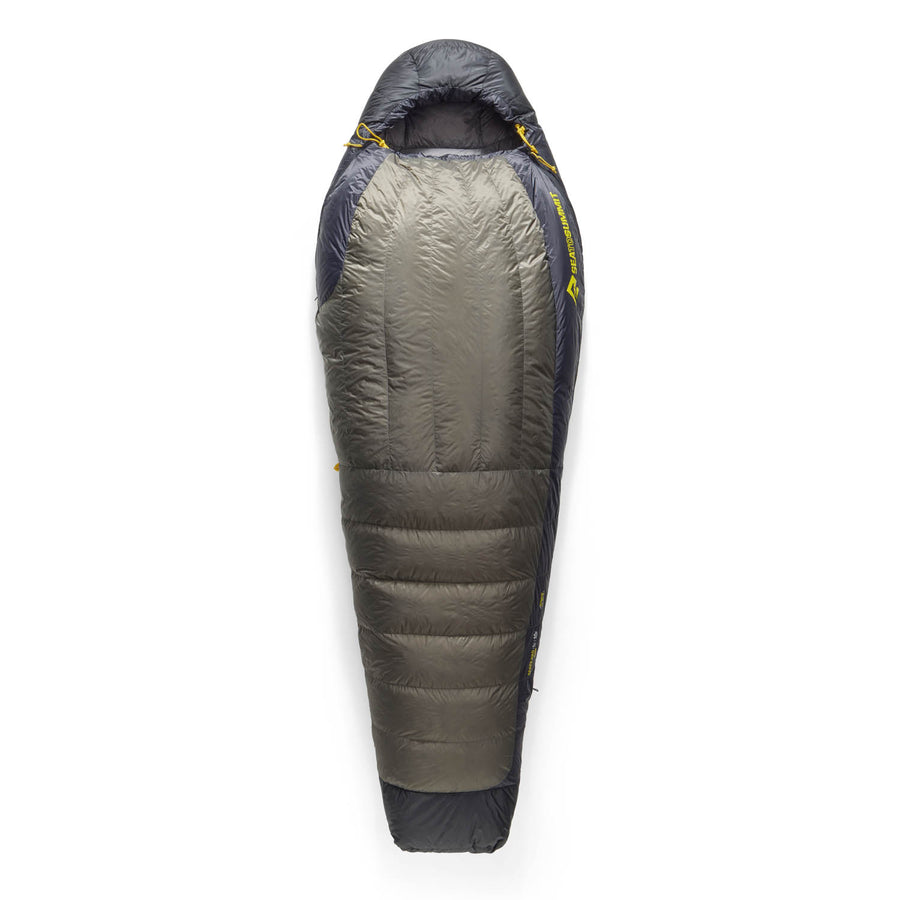
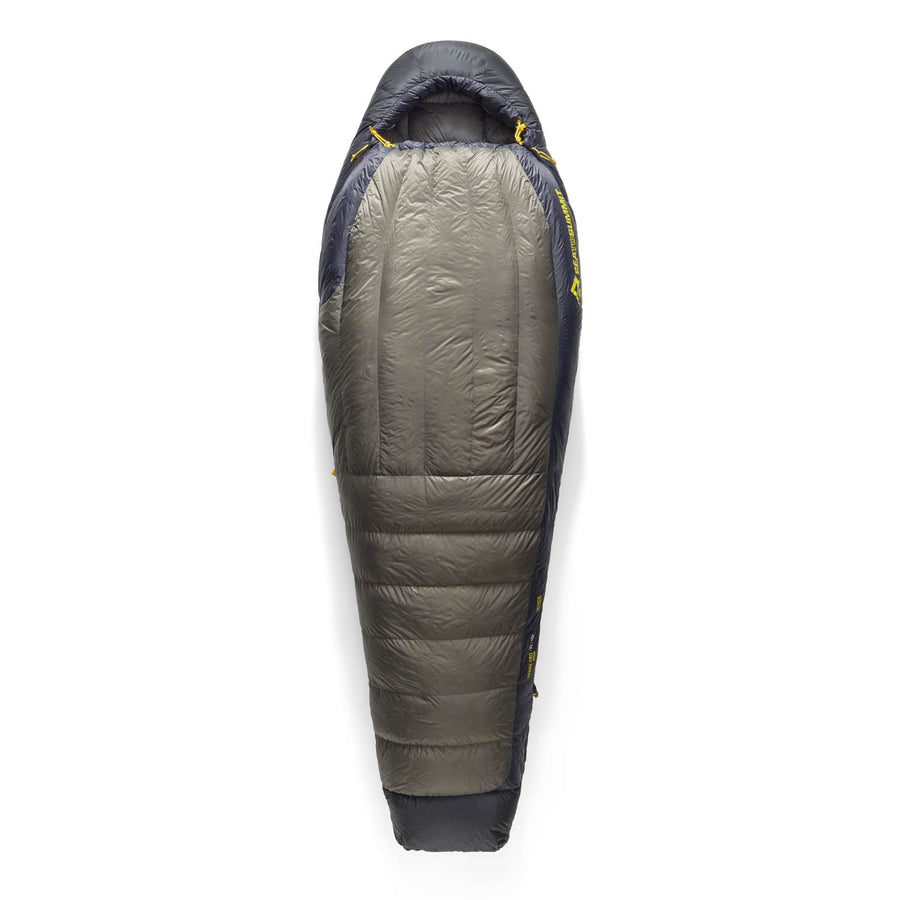
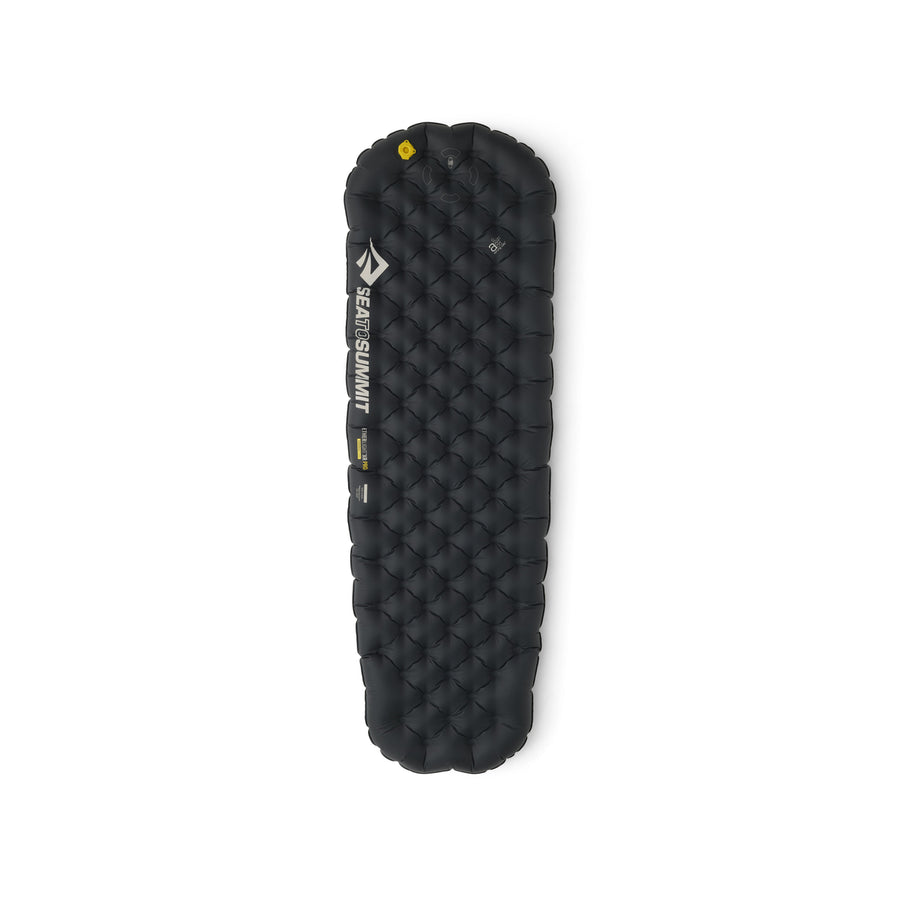
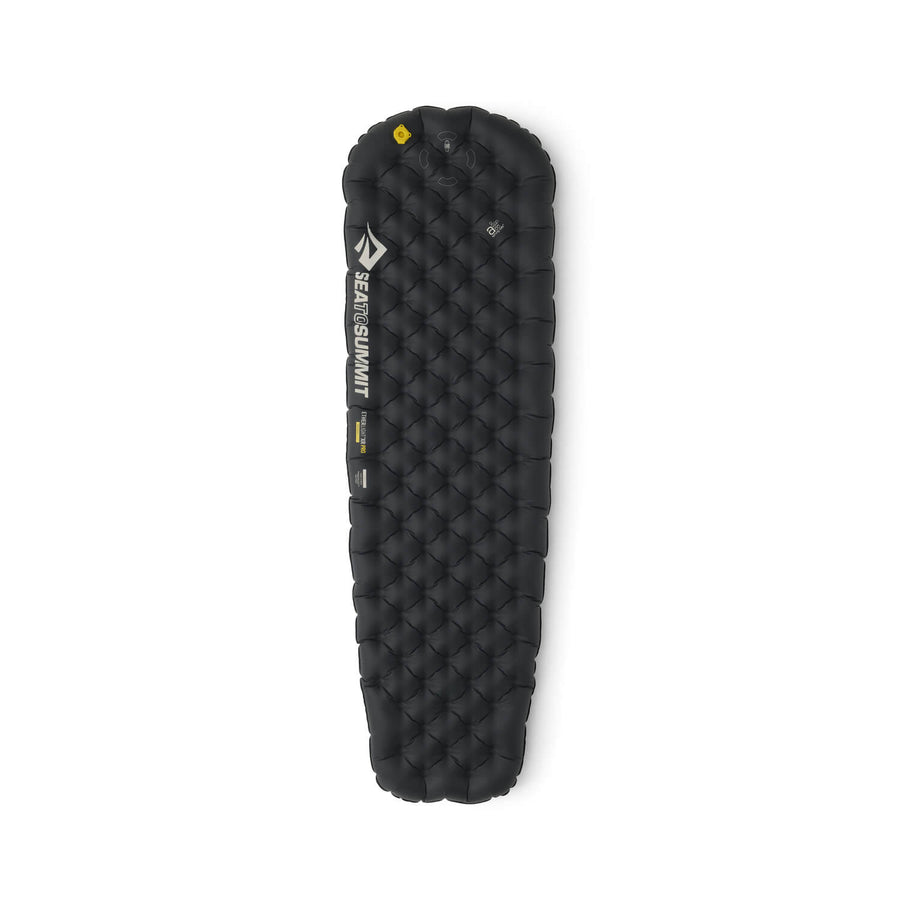
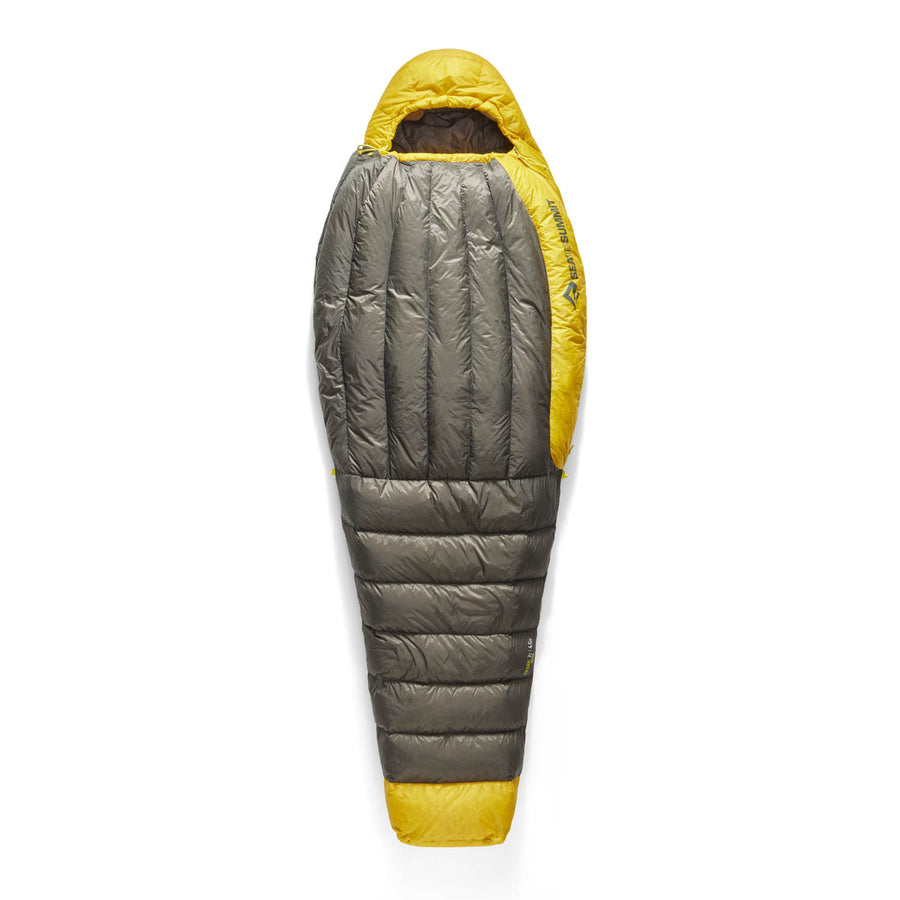
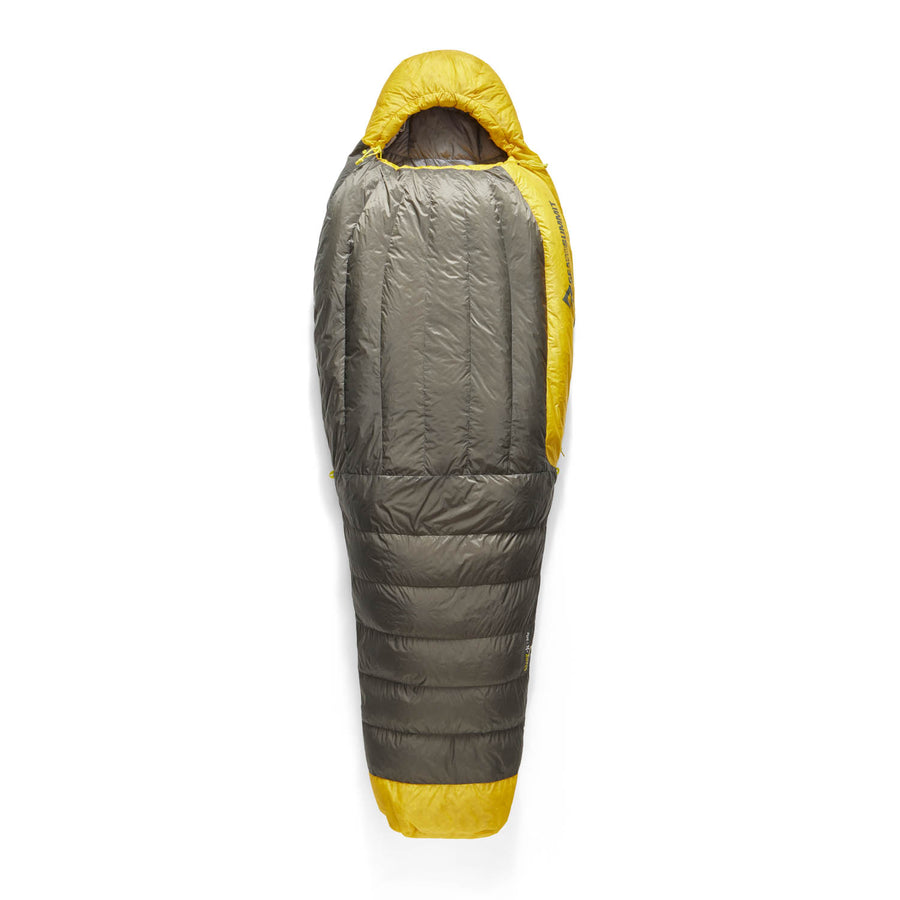
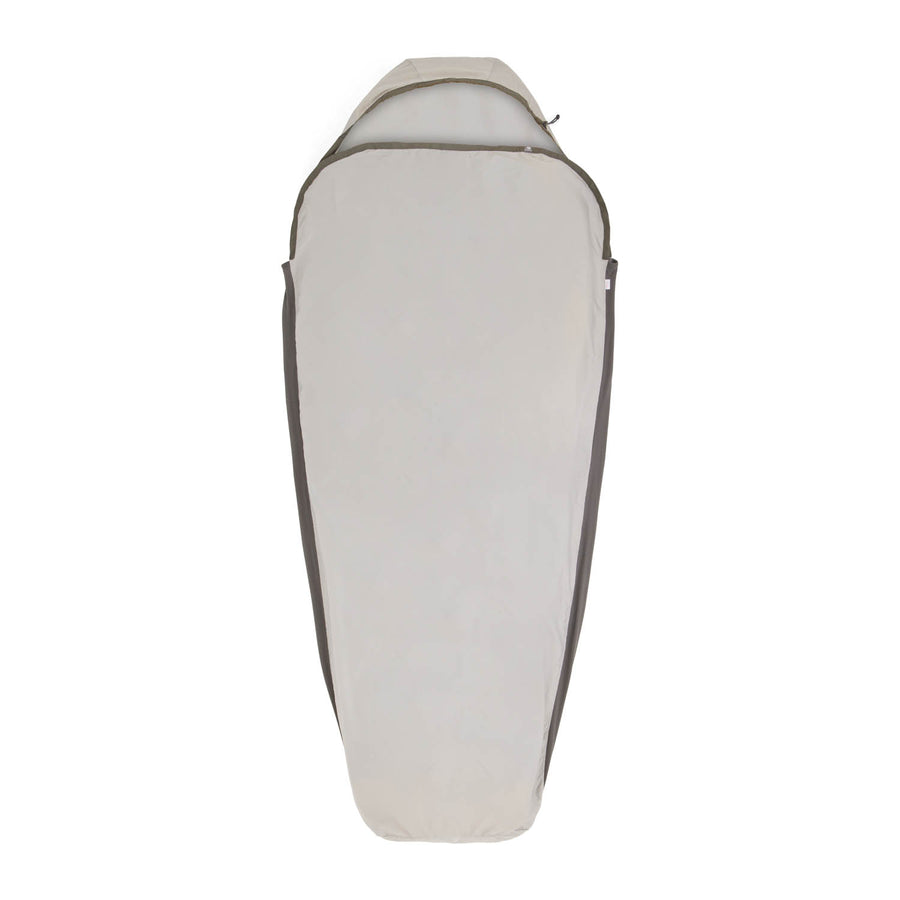
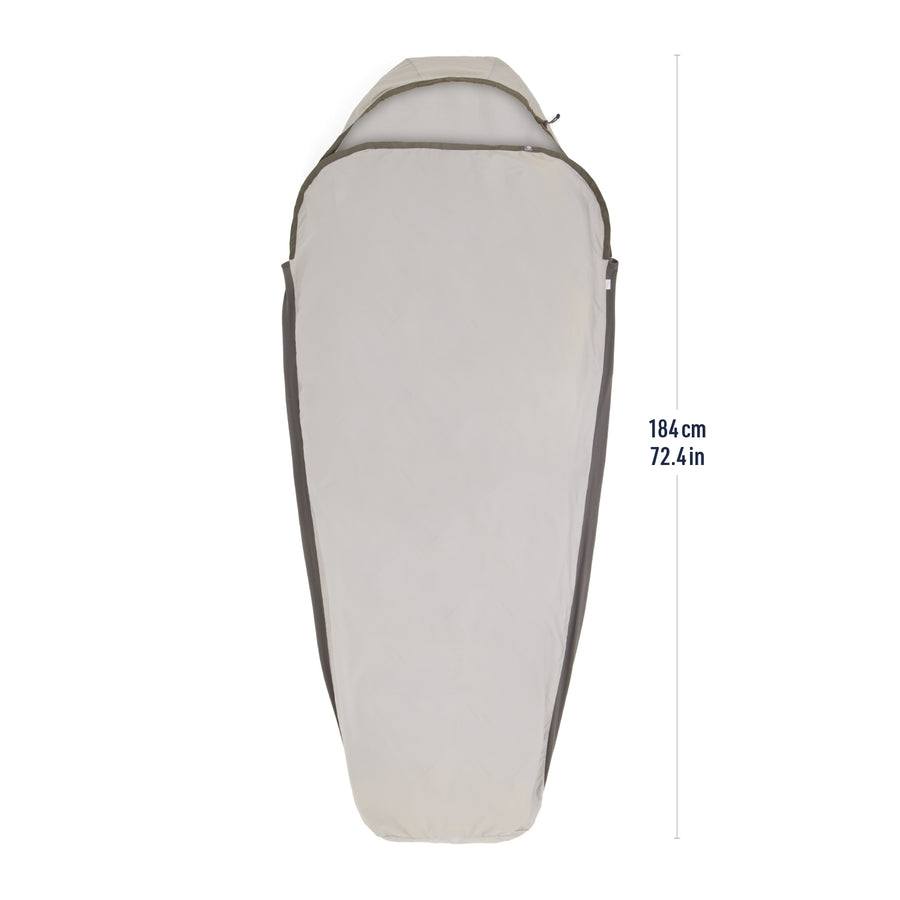
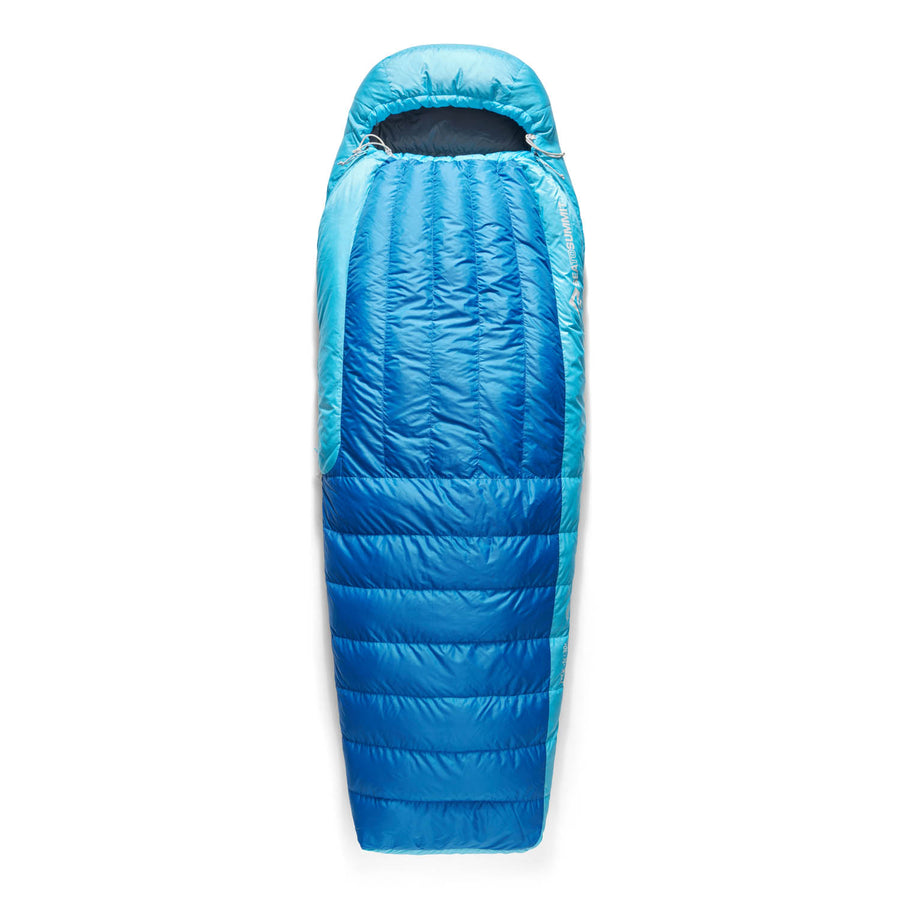
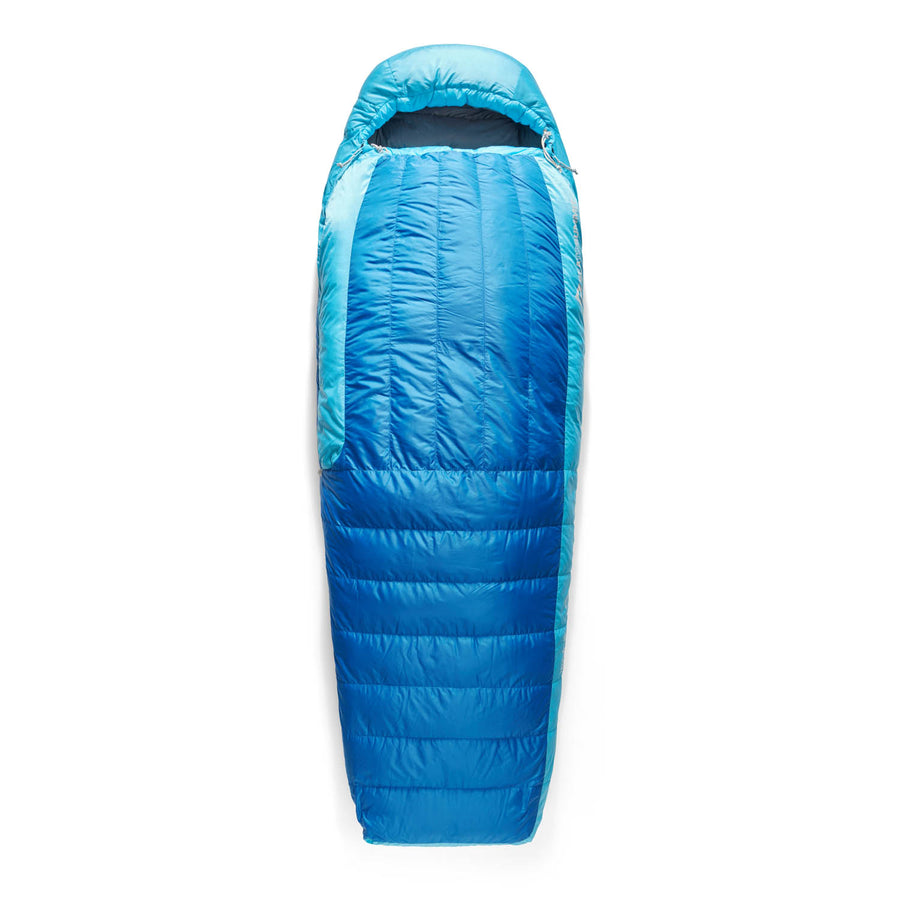
![Frontier Ultralight One Pot Cook Set - [3 Piece]](http://seatosummit.com.au/cdn/shop/files/FrontierULOnePotCookSet1P3Piece1.3LPotWithS-BowlandCup_ACK027031-122114_PRIMARY-1200x1200-9c6bd91.jpg?v=1749433473&width=900)
![Frontier Ultralight One Pot Cook Set - [3 Piece]](http://seatosummit.com.au/cdn/shop/files/FrontierULOnePotCookSet1P3Piece1.3LPotWithS-BowlandCup_ACK027031-122114_ADDITIONAL_1-1200x1200-9c6bd91.jpg?v=1749433473&width=900)
